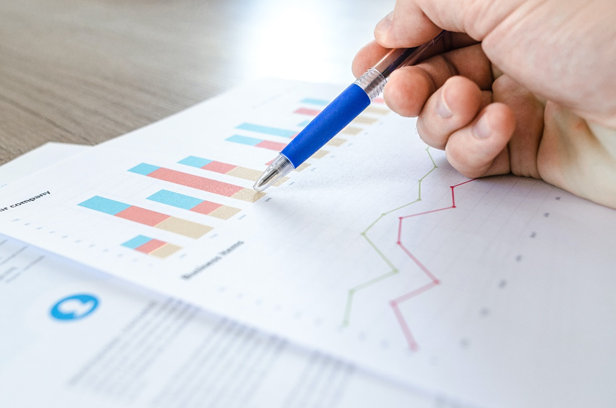Summary
- The Australian property market can experience a sharp surge in prices owing to the significant 91.8% jump in housing sales recorded in December 2020.
- Housing auctions began earlier this year in some cities, fuelled by the Homebuilder grant worth $25,000 which was slated to expire by 31st
- The improved property market would create room for investment, potentially leading to a slowdown in the government’s quantitative easing measures.
The Australian property market is expected to experience a surge in prices as demand for property has been heating up since December. The new home sales in Australia skyrocketed by 91.8% to 13,527 units over the period of one month in December 2020, according to a Housing Industry Association report.
The massive jump of 91.8% was the second highest increase in property sales in about 20 years. The HomeBuilder grant was one of the major factors behind this increase. The receivers of the grant were given a deadline of 31st December 2020 to utilise the amount of $25,000 for buying a house.
ALSO READ: How is Australian Property Market Tipped for 2021?
Sydney and Melbourne Experience Early Auctions
The sudden wave of home buyers emerging in December led to auctions starting early on in Sydney and Melbourne. The number of properties listed in Melbourne and Sydney in the month of January were much higher than those listed same time last year.

South Australia has contributed greatly to this month-on-month increase. The monthly property sales tripled during November, a record increase in the South Australian property market. The growth has been broad-based across various states.
Consequent Price Rise
The current spike in demand is likely to inflate the housing sector prices in the coming months. The RBA expects that median housing rates would increase by 30% over the next three years due to the prolonged low interest rate scenario.

The areas with an oversupply are still witnessing a decline in prices. Certain cities have been negatively affected by the cross-border restrictions placed due to COVID-19. This has led to property prices tumbling in these areas.
Sydney is one such example of a city facing a dearth of home buyers. Housing prices have toppled in the city significantly over the last few months. Apartment prices went on an 8-month decline in Sydney up till December 2020.
Notably, areas that are expected to witness doubling of property listings in a few years’ time are expected to have high property prices. The cities potentially experiencing this price surge include Sydney, Melbourne, Brisbane, Adelaide, and New South Wales Central Coast.
Property units have also seen an oversupply in areas closer to train stations. As travelling to work has been replaced with remote working facilities, people are shifting from main areas that offer proximity to public transport.
RELATED READ: Planning to buy a property? Five questions to ask real estate agent
Factors Leading up to the Demand Surge
The HomeBuilder grant has been the biggest benefactor of the push to the housing sector demand. The initial grant worth $688 million was rolled out in June 2020. However, over the next few months, the Australian government offered extensions as well as expanded the grant to a more generous figure of $25,000.
The sum of $25,000 was offered against the purchase of a house costing up to $750,000 or for renovating an already built house worth up to $1.5 million.
Other demand boosting factors include low interest rate, housing price growth, and a shift in consumer preferences towards more apartment-type residences.
Some of the big banks are offering fixed-rate home loans to buyers with less than 2% interest, after the record low 0.1% cash rate was announced by the RBA in November. As lockdown restrictions eased in certain areas, buyers were free to physically inspect houses before making a deal. The timing of the removal of restrictions augured well with the HomeBuilder deadline resulting in high December property sales.
Future Implications
The ABS housing loan commitments saw record high figures in the month of November 2020. Total value of new housing loan commitments rose 5.6% to a value of $24 billion in the month. The value of new occupier home loans also saw a 5.5% spike to hit $18.3 billion during the month.

These figures suggest that the construction projects could expect growth over the coming month. Increased investment is likely to contribute to a higher GDP growth in subsequent periods. Dwelling investment is expected to be on the rise following the current developments in the property market.
Considering this rise in investment, the government is likely to hold off on the quantitative easing measures in the coming period. If the increased activity does not cause a corresponding improvement in the unemployment rate, then the chances of a quantitative easing are further declined.
Once the stimulus measures expire, the government might consider a move towards contraction. However, it is also possible that the government continues with the previous policy, with certain adjustments to the QE measures and the term funding facility.
Note: All the figures in AUD unless specified.



